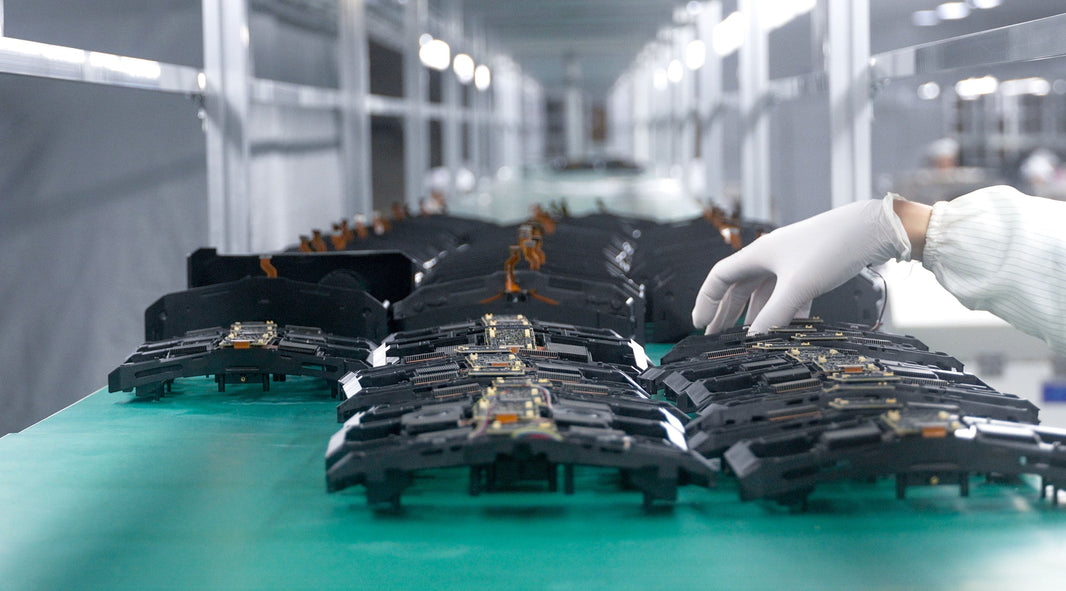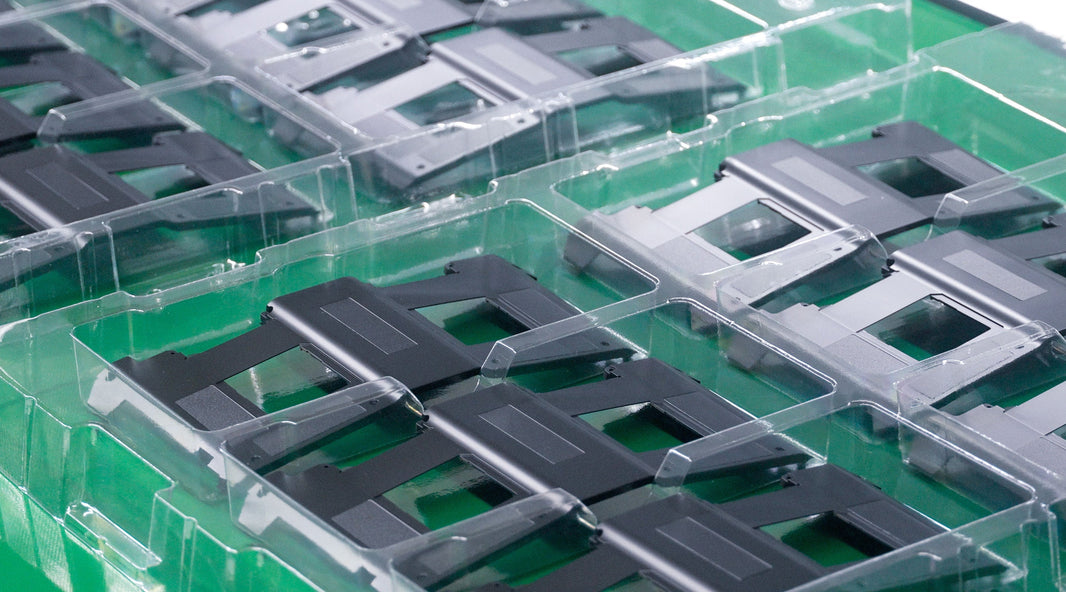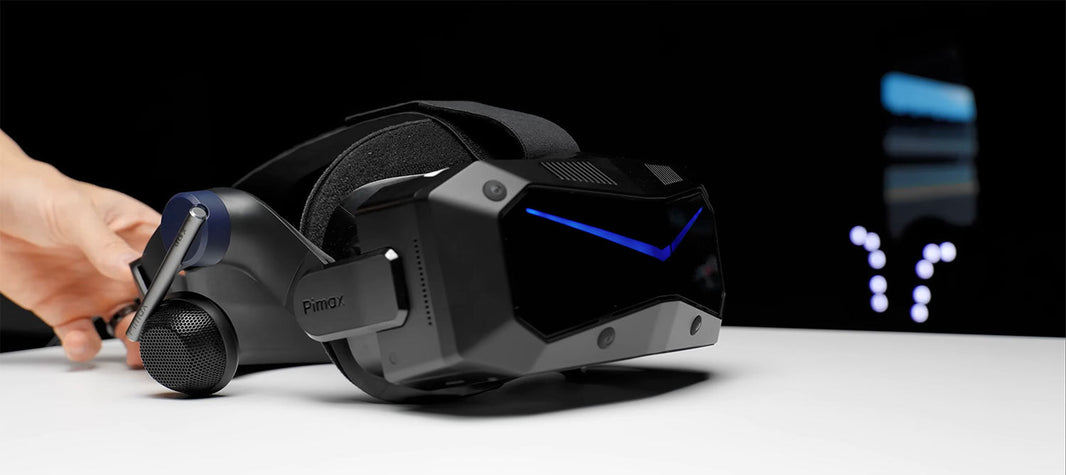In virtual reality, lenses are just as crucial as displays. They determine not only how sharp the image looks, but also how heavy the headset feels and how immersive the experience becomes. Most VR devices today use one of three optical solutions: pancake, aspherical, or Fresnel lenses. Each has its own benefits and limitations, and understanding the differences helps explain why headsets vary so much in design and performance.
Pancake Lenses: Compact but Complex
Pancake lenses fold the optical path by bouncing light between thin reflective layers. This design dramatically reduces lens thickness and weight, which is why many of today’s sleekest headsets—such as the Apple Vision Pro, Pimax Dream Air, and Shiftall MeganeX—use them.

The folded light path minimizes edge distortion and improves comfort for long wear sessions. However, efficiency is the trade-off: multiple reflections mean a lot of light is lost before reaching your eyes. Early pancake-based headsets often struggled with dim visuals, glare, and ghosting.
Recent improvements have changed that. Pairing pancakes with micro-OLED panels and advanced coatings has boosted brightness and clarity, making them increasingly viable for premium VR. At Pimax, we’ve spent over five years refining this design, pursuing higher clarity, wider fields of view, and more natural vision. Our latest innovation, ConcaveView, introduces a concave optical element—similar to a door peephole—that further reduces distortion and enhances immersion. Read more about Pimax ConcaveView here.
Aspherical Lenses: Clear and Precise
Aspherical lenses take a different approach, carefully shaping curvature so that light focuses more accurately. This eliminates much of the blur and distortion you’d see at the edges with spherical lenses. As a result, headsets like the Pimax Crystal Super, HTC Vive Pro 2, and Valve Index deliver sharp, natural visuals across a wider field of view.

Because they transmit light very efficiently, glass aspherical lenses maintain excellent brightness and clarity—ideal for applications like sim racing or flight simulation where detail matters. The downside is their size and weight. Precision manufacturing makes them expensive, and larger lenses can add bulk to the headset, which can reduce comfort.
Fresnel Lenses: Lightweight but Imperfect
Fresnel lenses were once the standard in VR, used in popular devices like the Pimax 8KX, Oculus Quest 2 and HTC Vive Cosmos. Their concentric ring structure mimics the curvature of a thick lens while keeping weight and thickness low. They are inexpensive to produce and helped bring early VR headsets to market at consumer-friendly prices.

But Fresnel designs come with familiar drawbacks. Light scattering around the rings produces glare and “god rays,” especially against high-contrast scenes. Their brightness and clarity also fall short of aspherical glass. For this reason, many companies are now moving away from Fresnel lenses in favor of pancake or aspherical optics.








